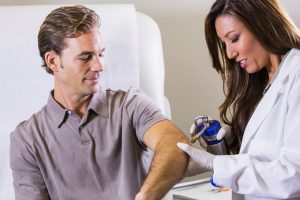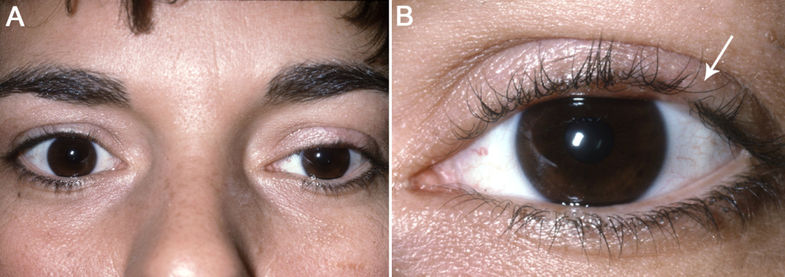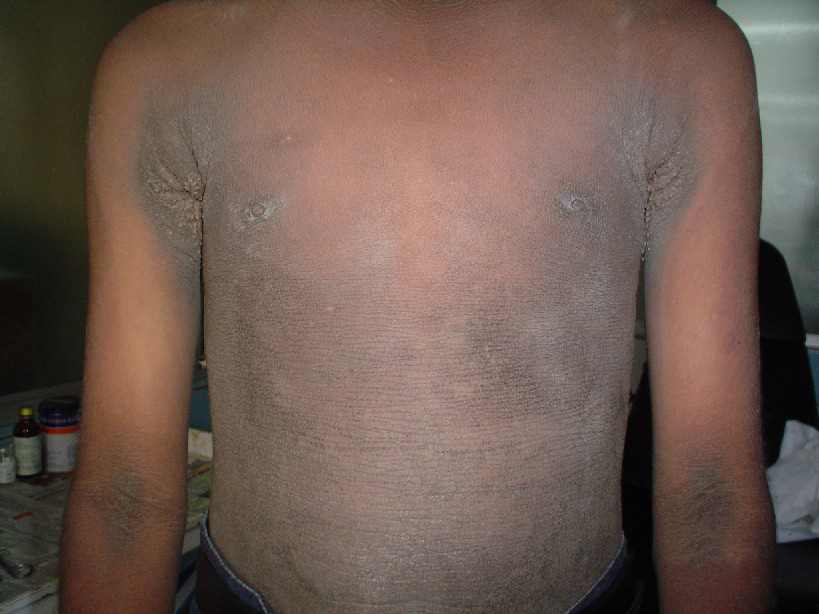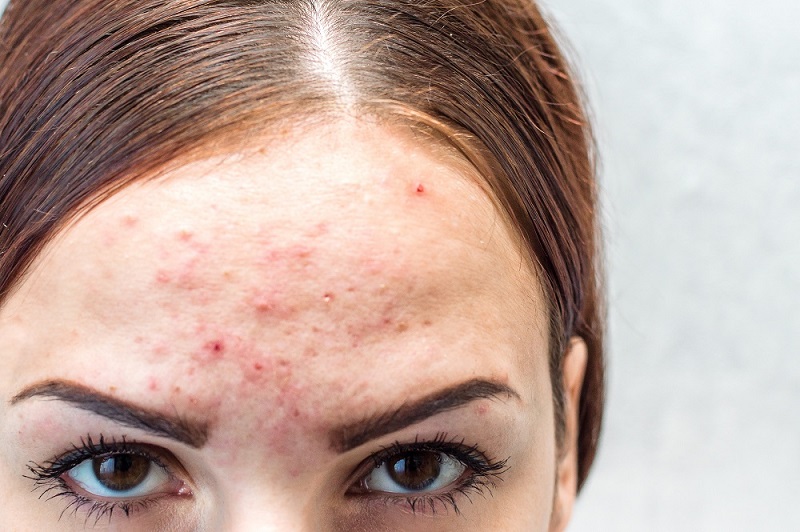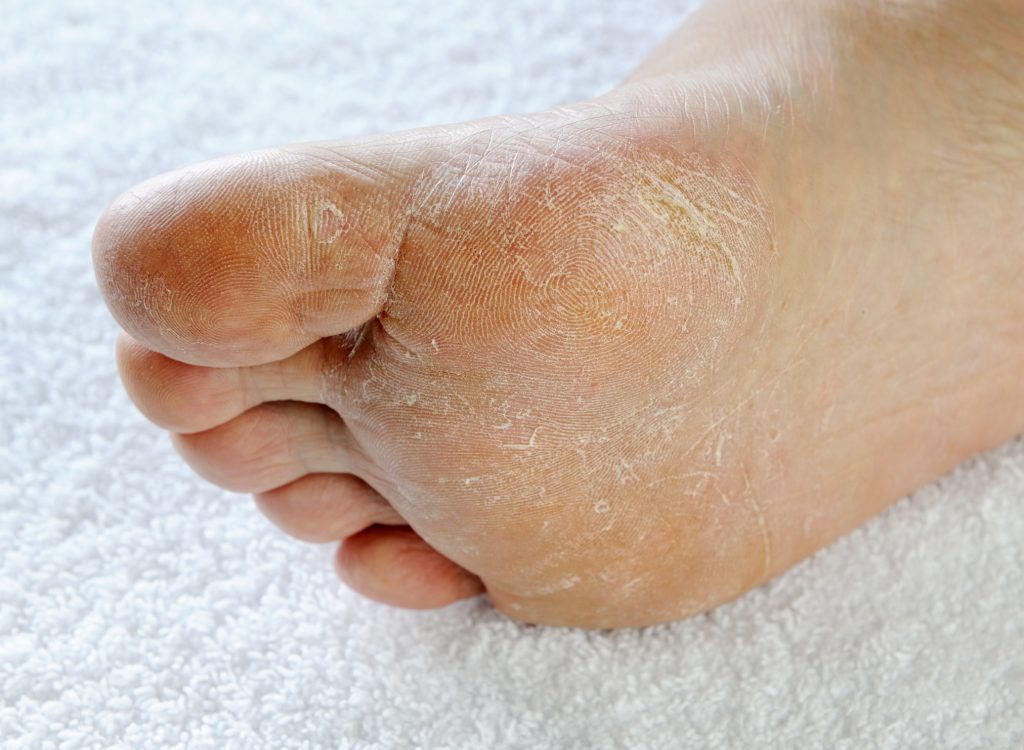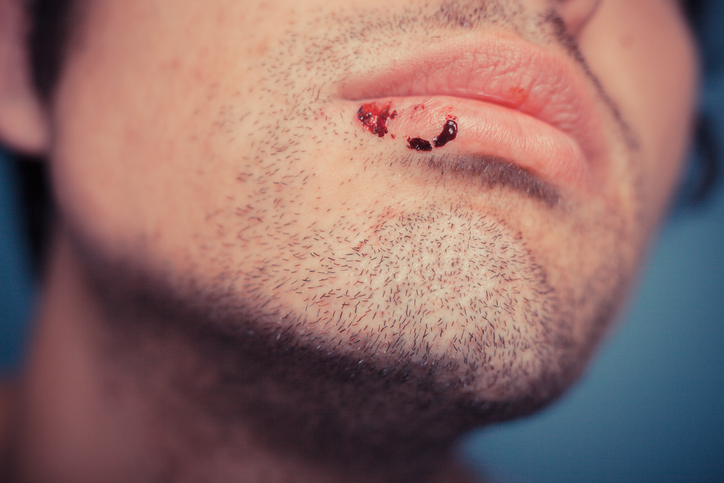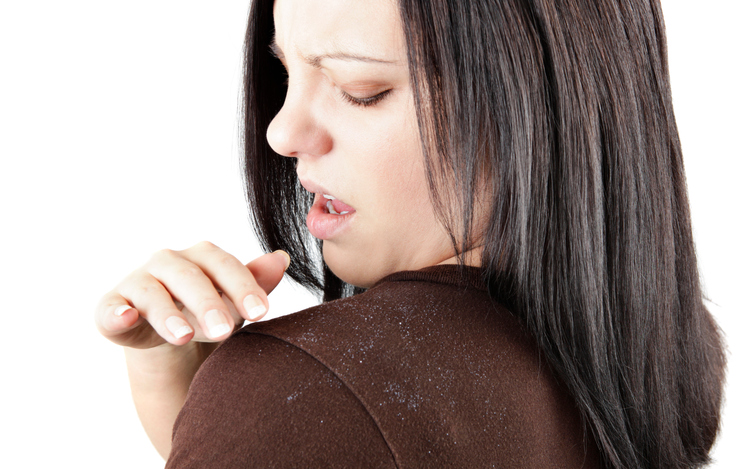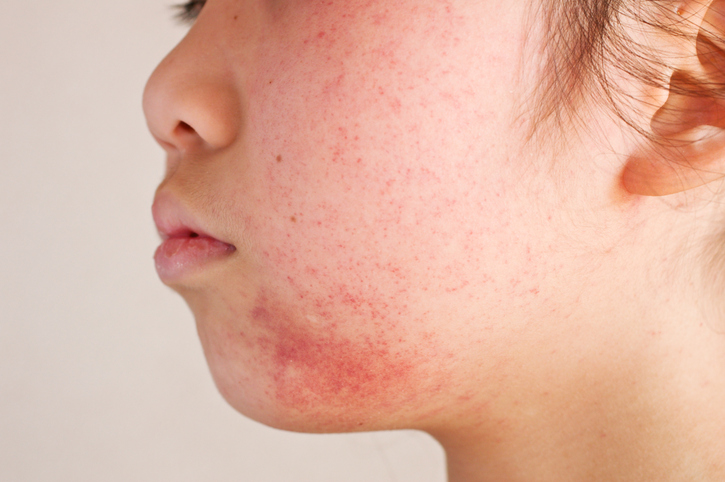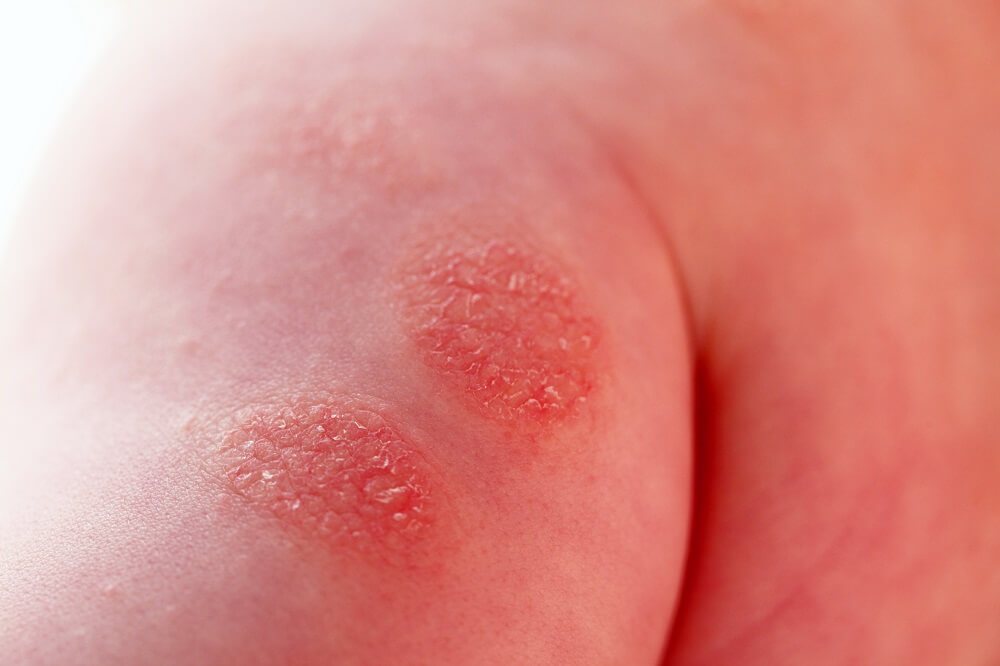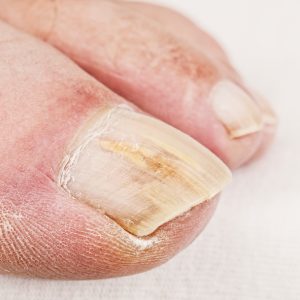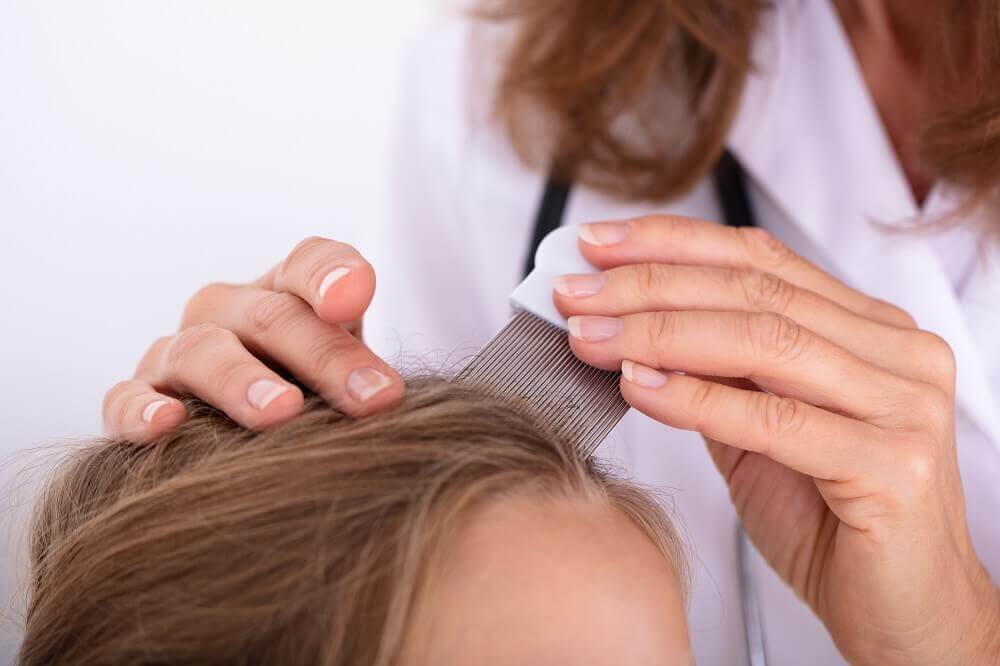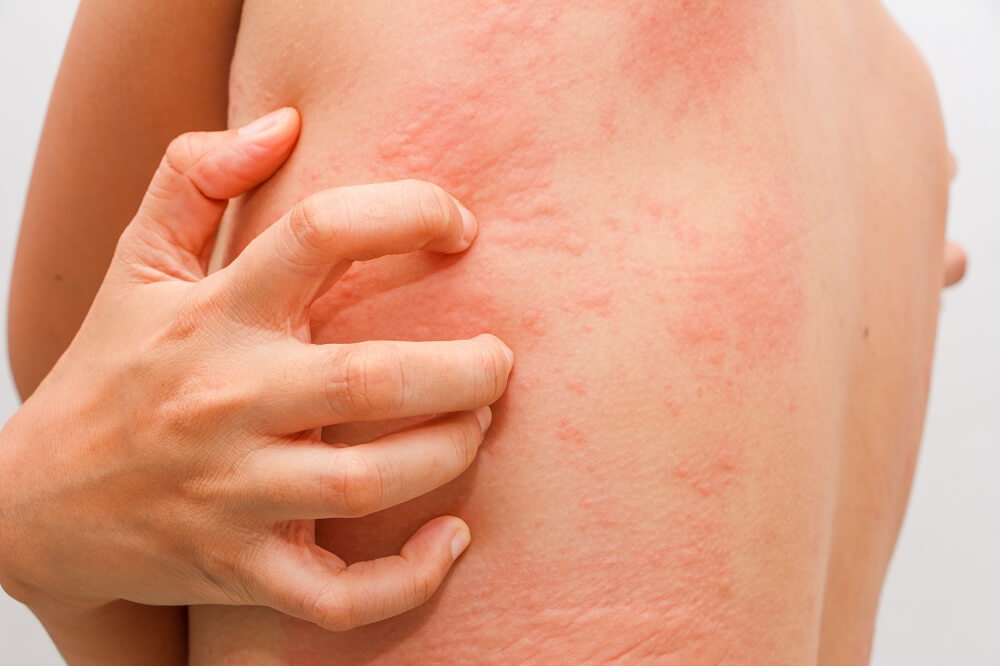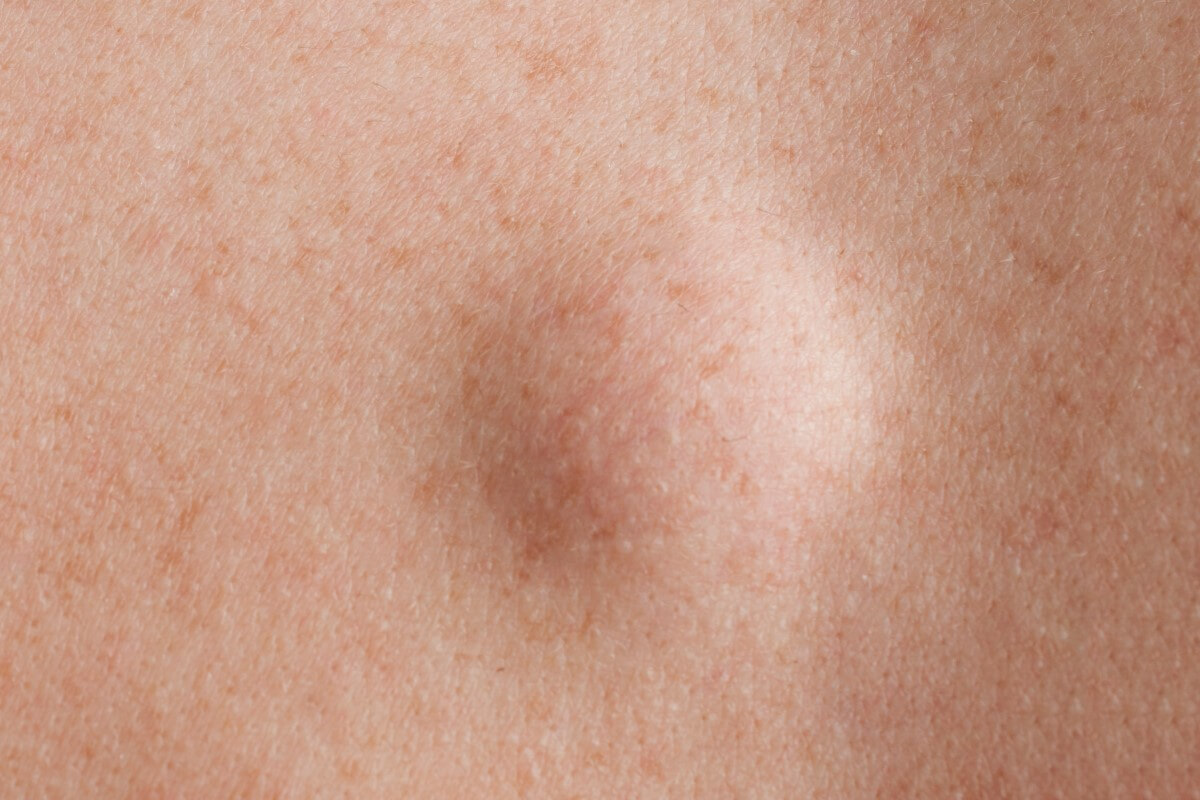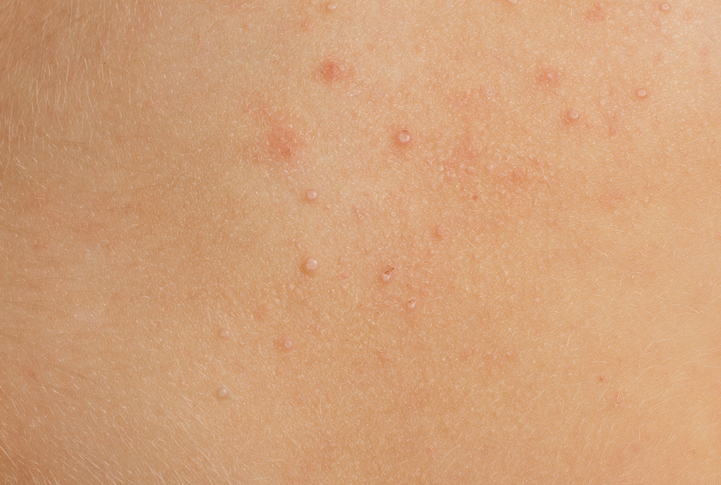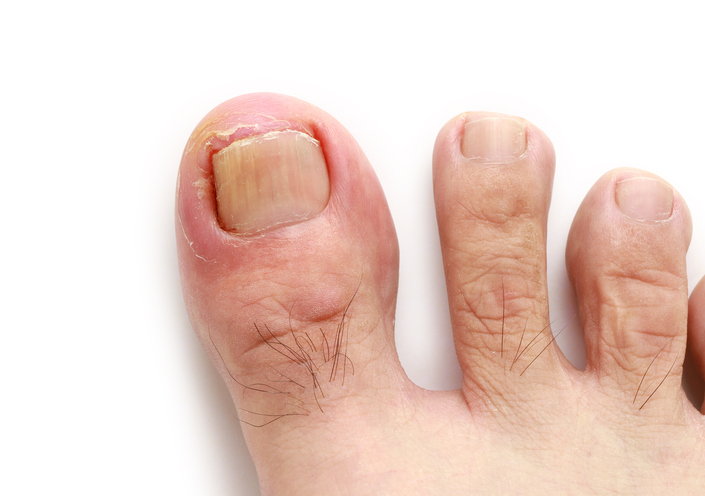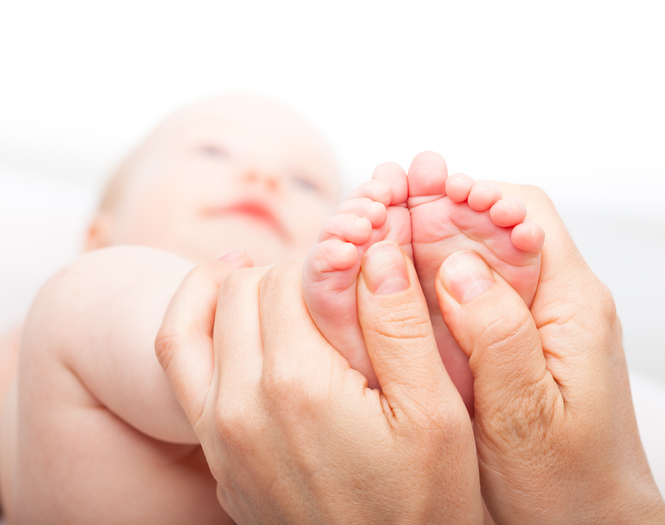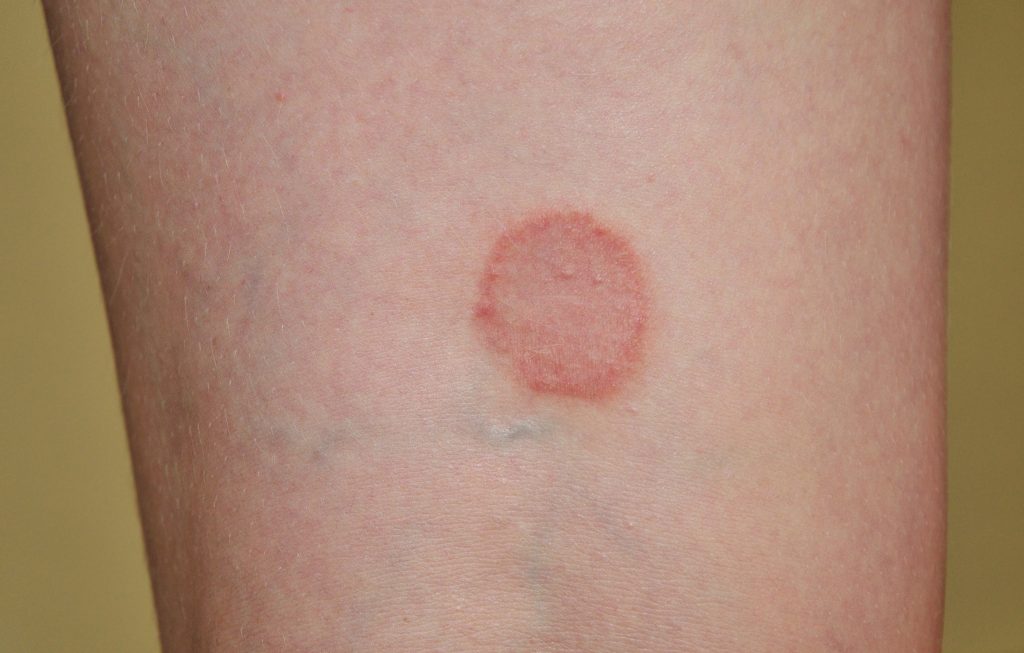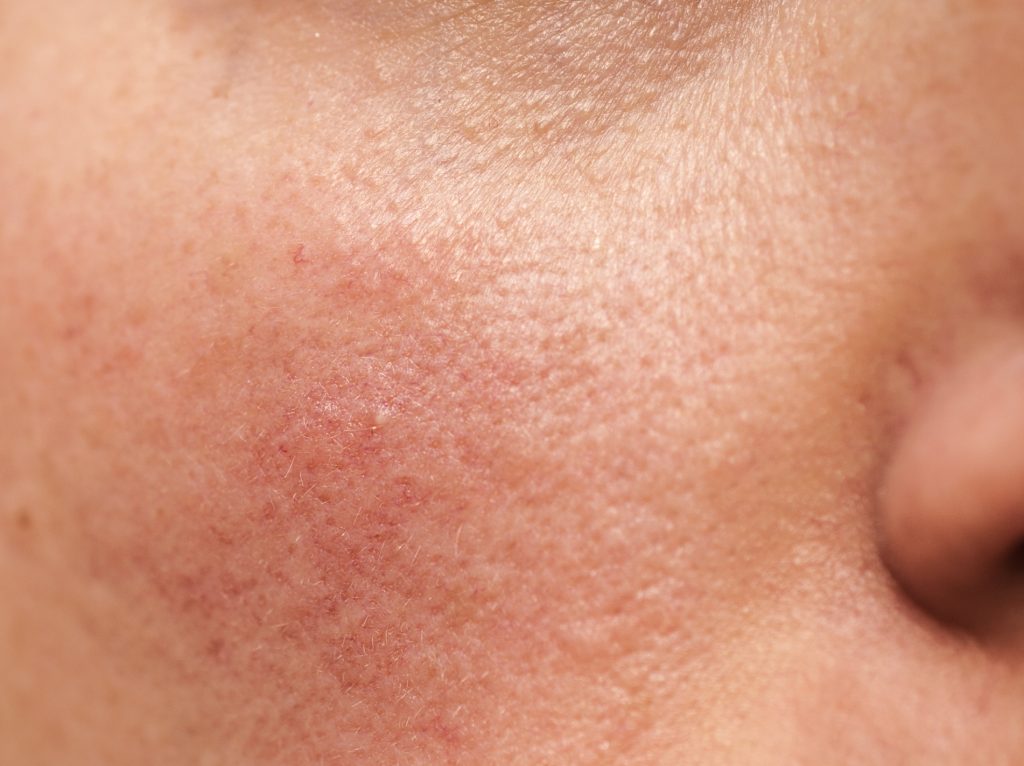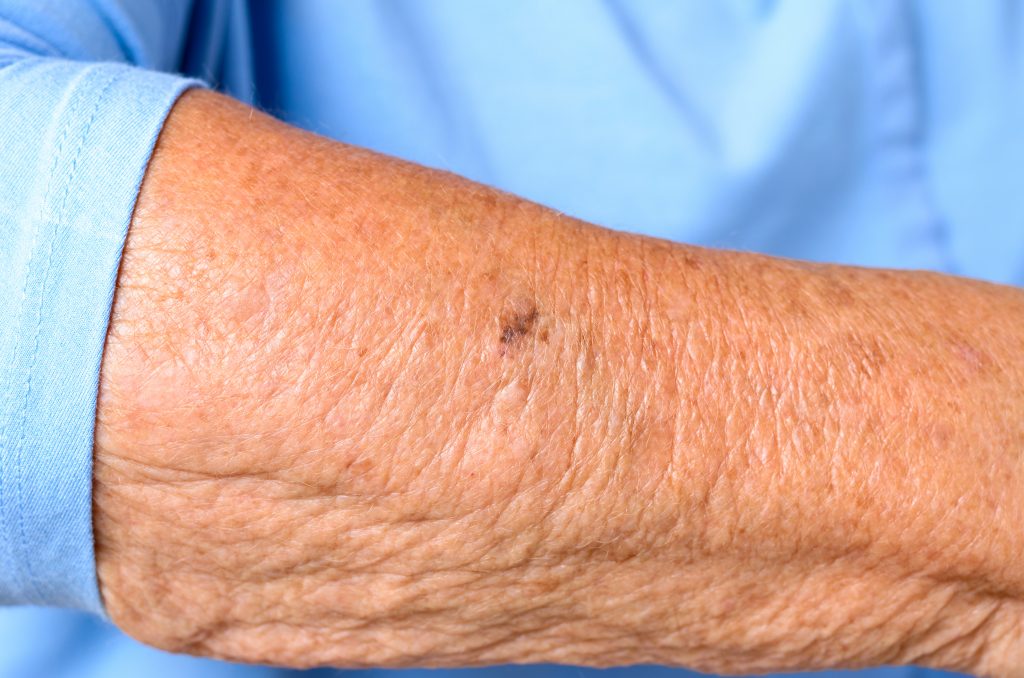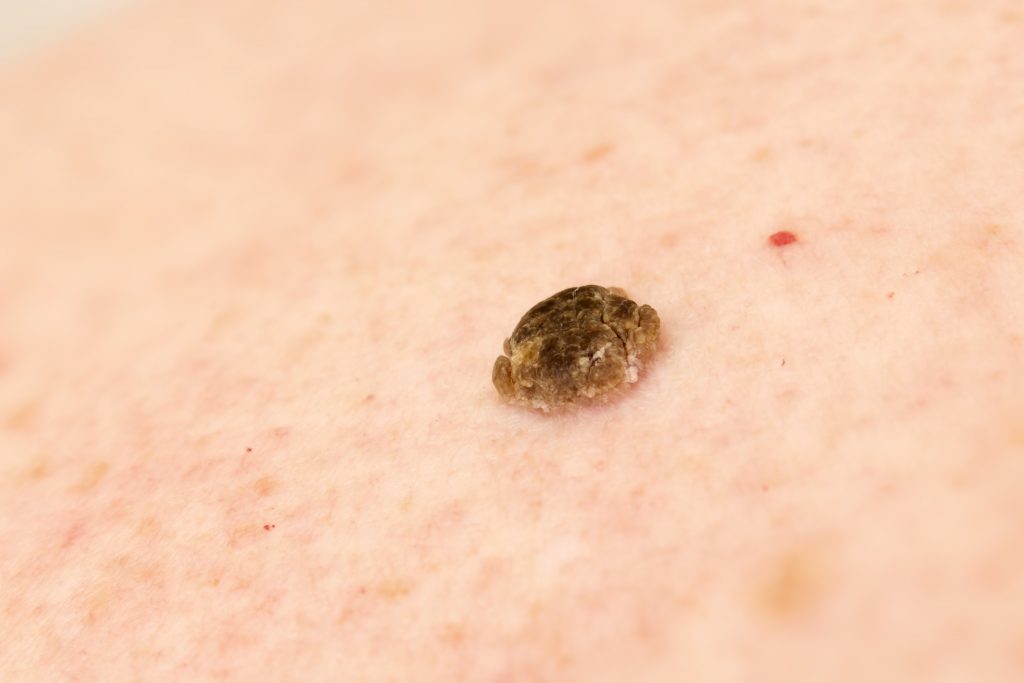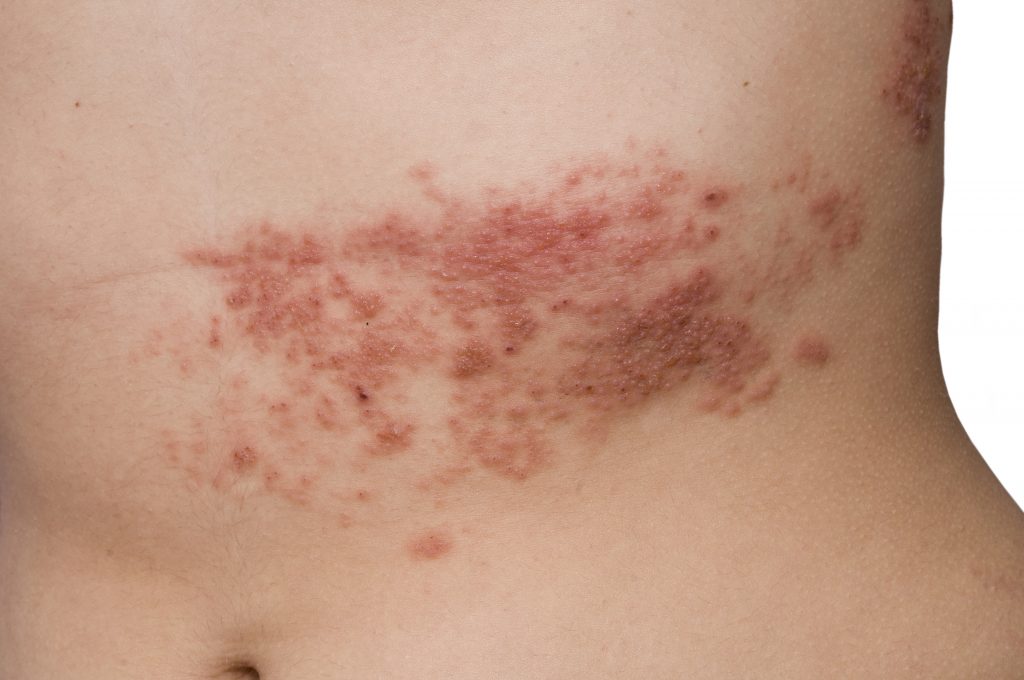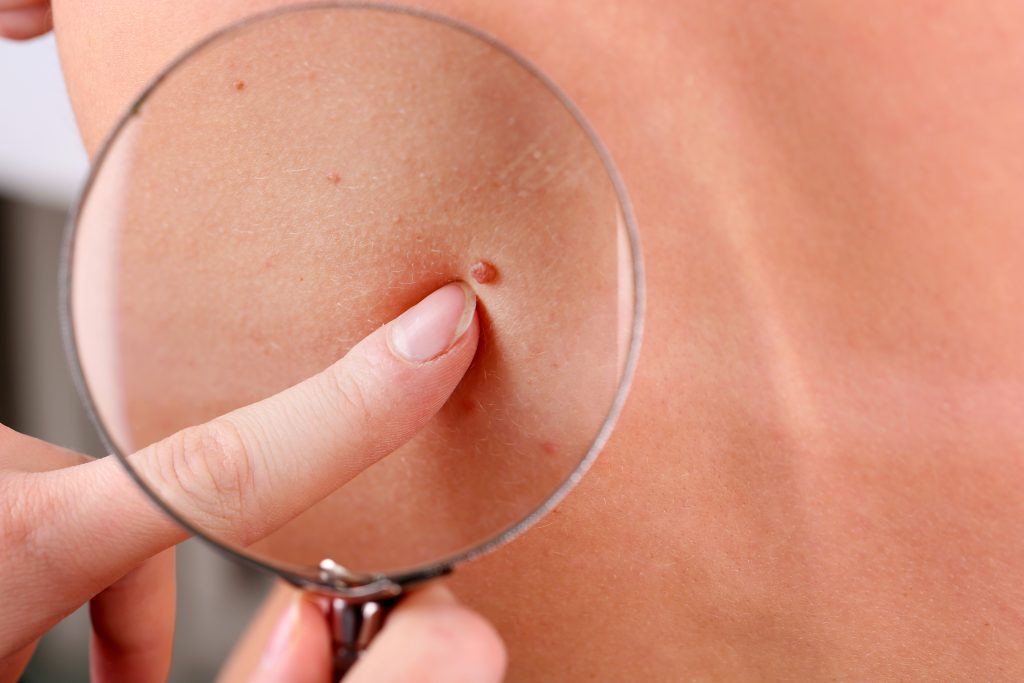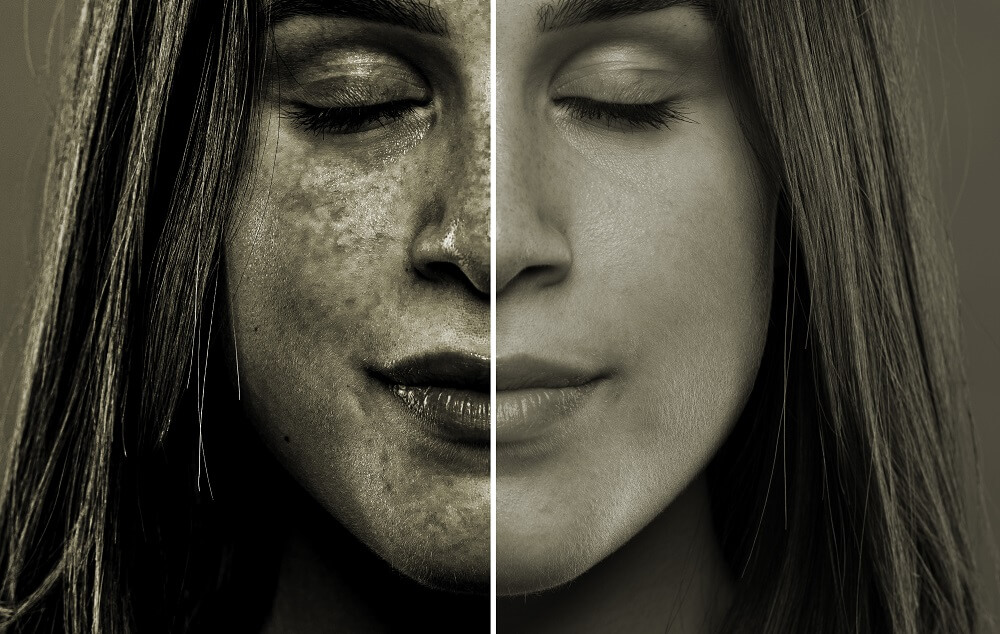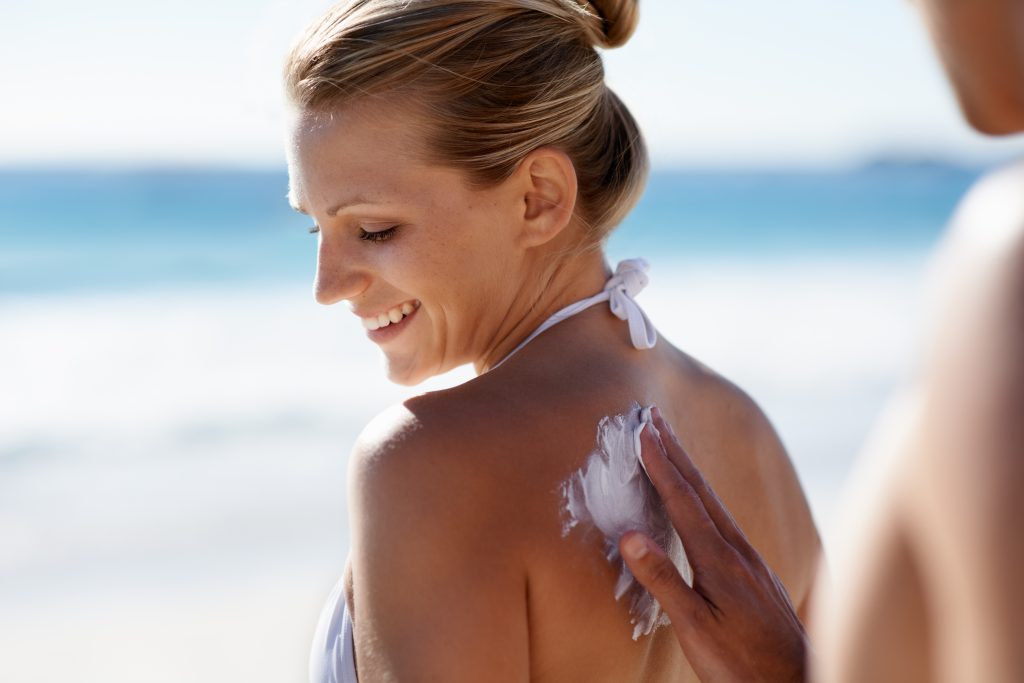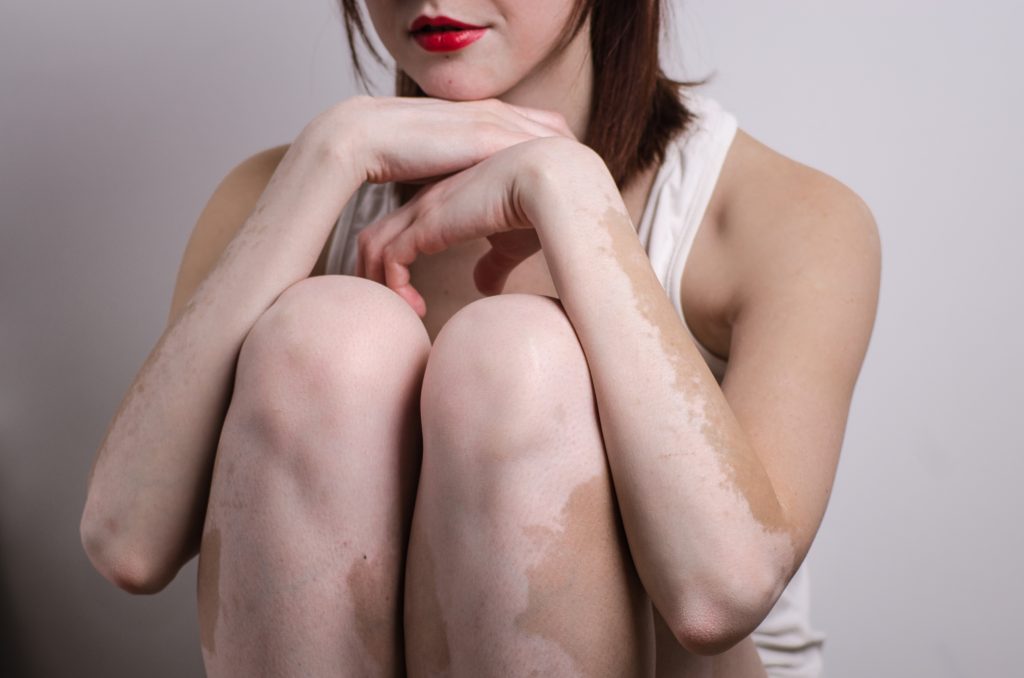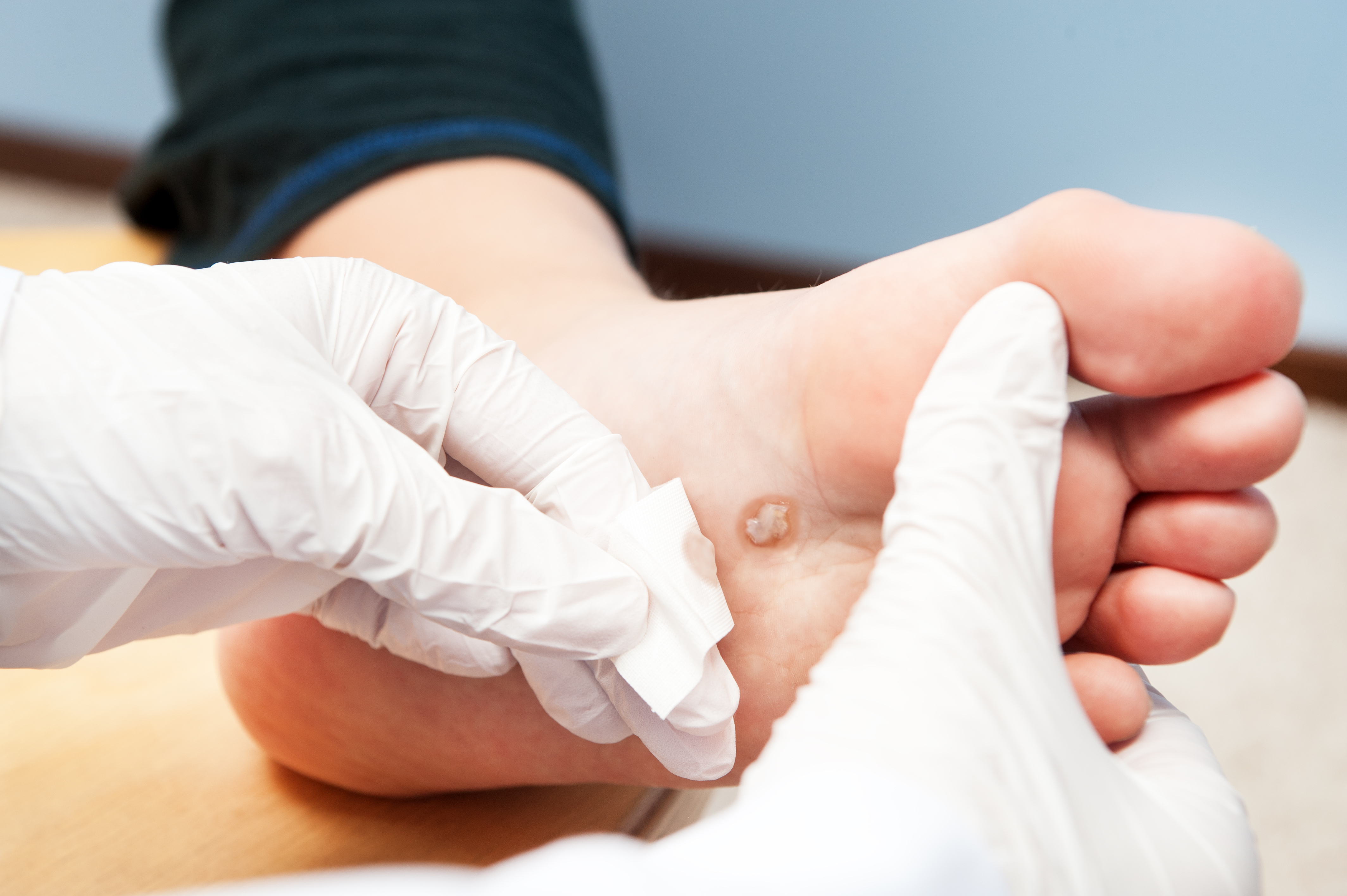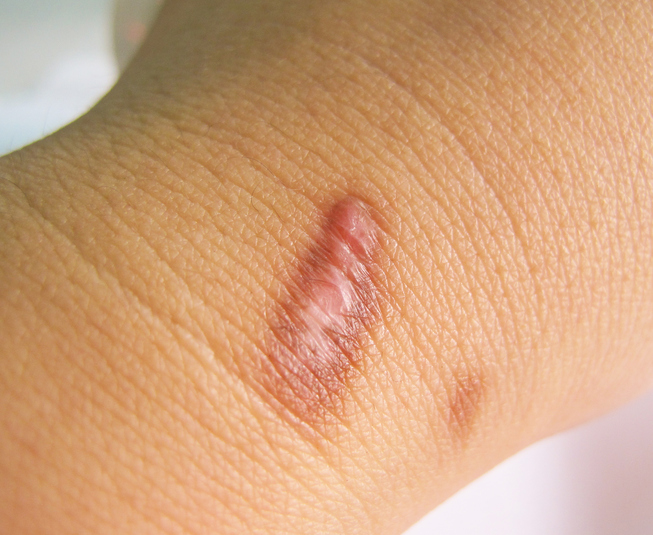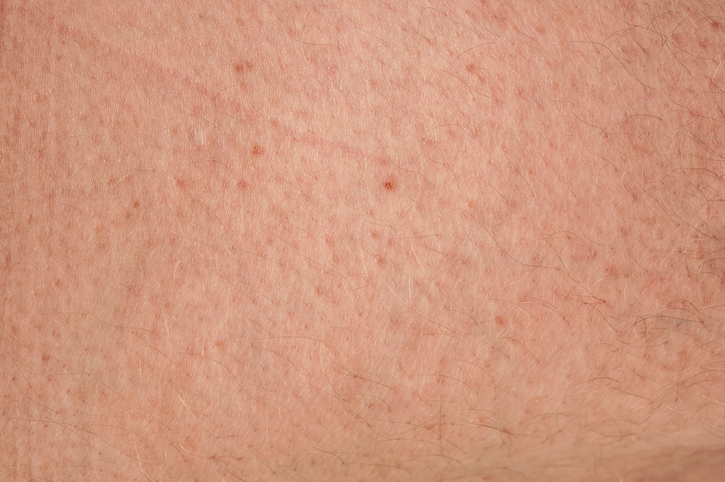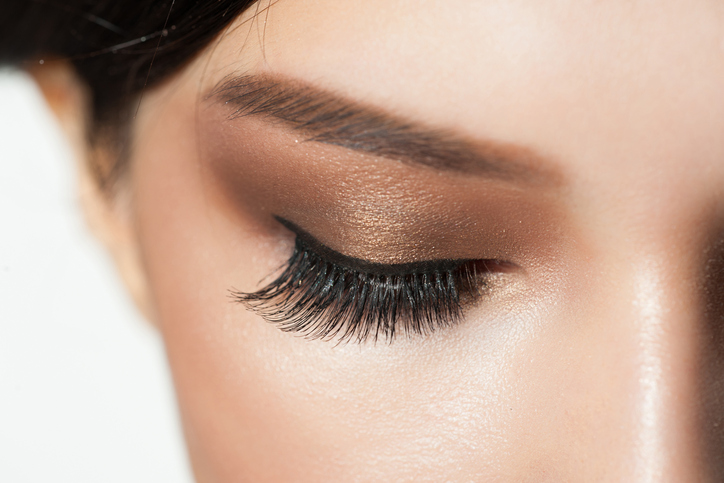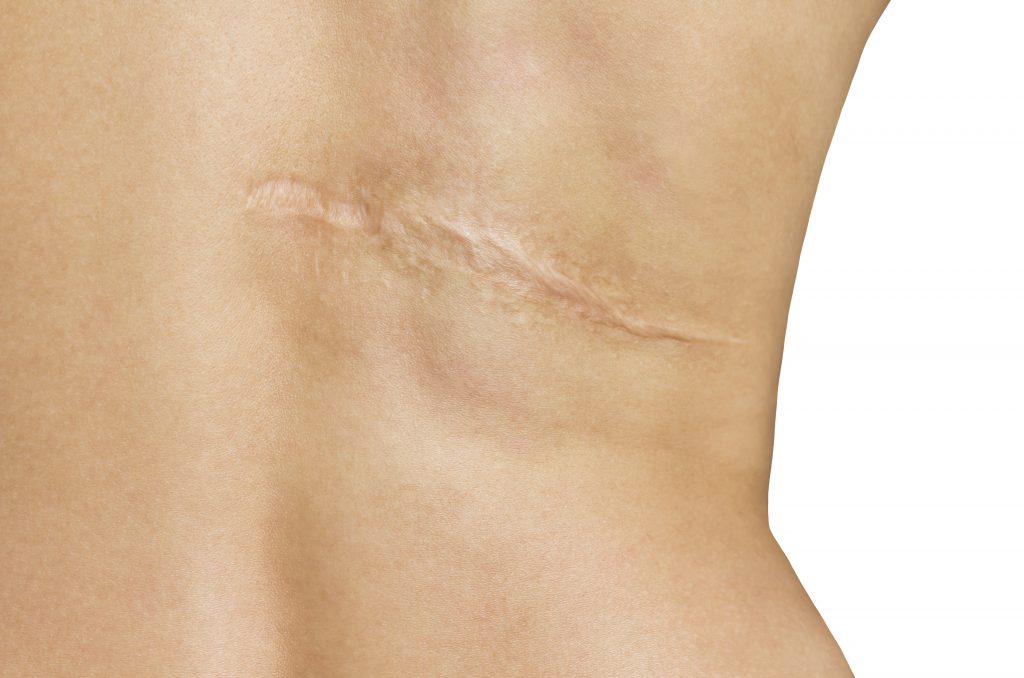Brooke Raney is a certified nurse practitioner providing dermatology care in Texarkana, Texas at U.S. Dermatology Partners Texarkana.
Brooke earned her Bachelor of Science in Nursing from the University of Arkansas in Fayetteville and her Master of Science in Nursing from the University of Texas in Tyler, Texas.
Brooke has worked in dermatology since 2018 and has special interests in treating acne, psoriasis, and atopic dermatitis. “These diseases can have a significant impact on the quality of life of patients and their families, affecting both physical and emotional health. I’m fortunate to be practicing during a time where game-changing medications are readily available”, says Brooke. “We are seeing clearance as early as a few weeks of starting therapy, which is life-changing for individuals who have suffered for a long time. It is truly gratifying to be a part of my patient’s healing journey”.
Brooke is a member of the American Association of Nurse Practitioners and the Dermatology Nurses Association.
Outside of work, Brooke enjoys spending time with her family, traveling, and being outdoors. A native of Texarkana, Brooke is thrilled to have the opportunity to provide dermatological care in her hometown.
Specialties and Affiliations
- American Association of Nurse Practitioners
- Dermatology Nurses Association
Featured Articles
- Summer sun brings call for skin protection
- U.S. Dermatology Partners: The Importance of Yearly Skin Checks
- Is it Dry Skin or Eczema?
- Dermatology Group Opens Clinics in Texarkana & Mount Pleasant





